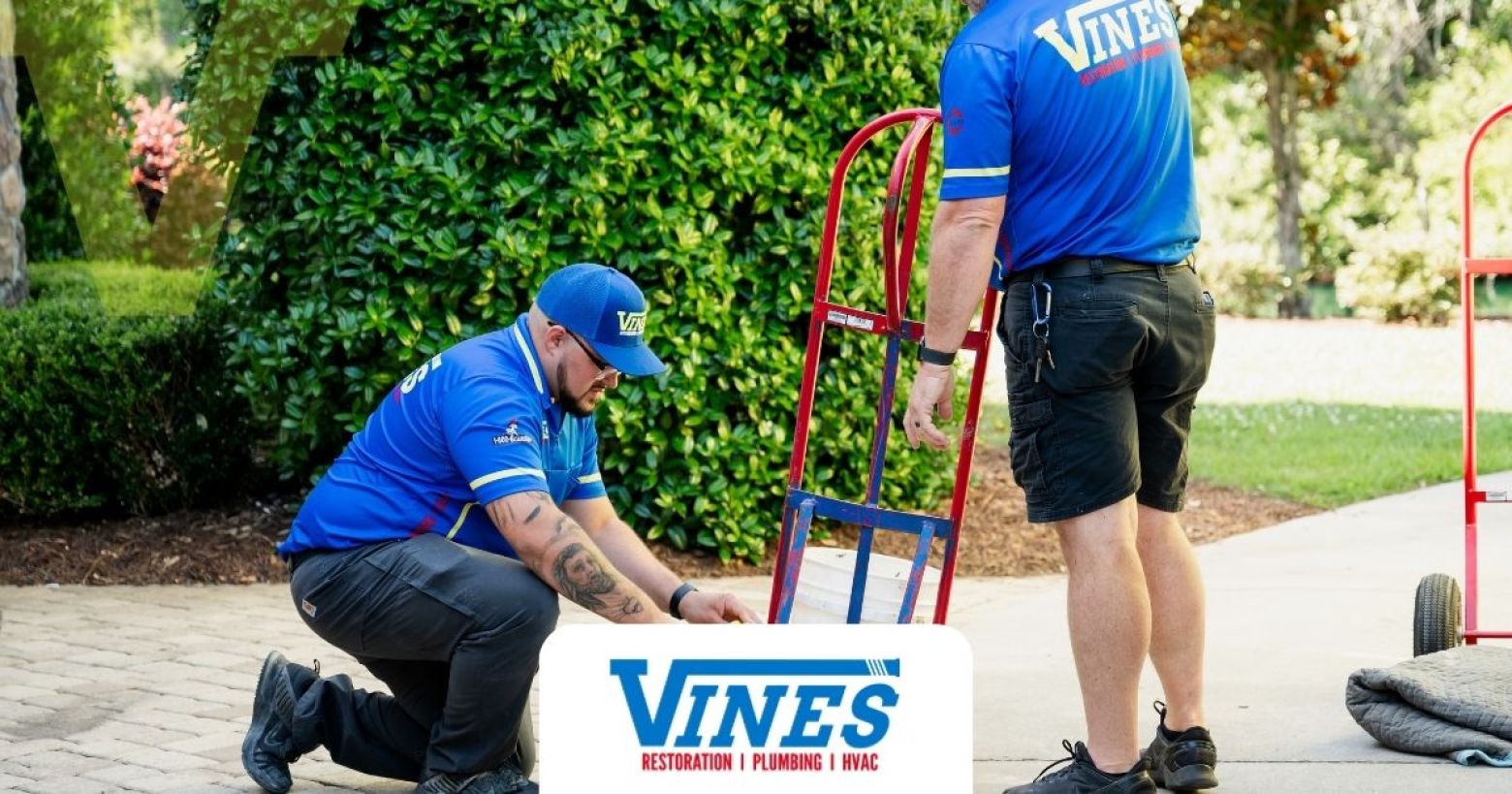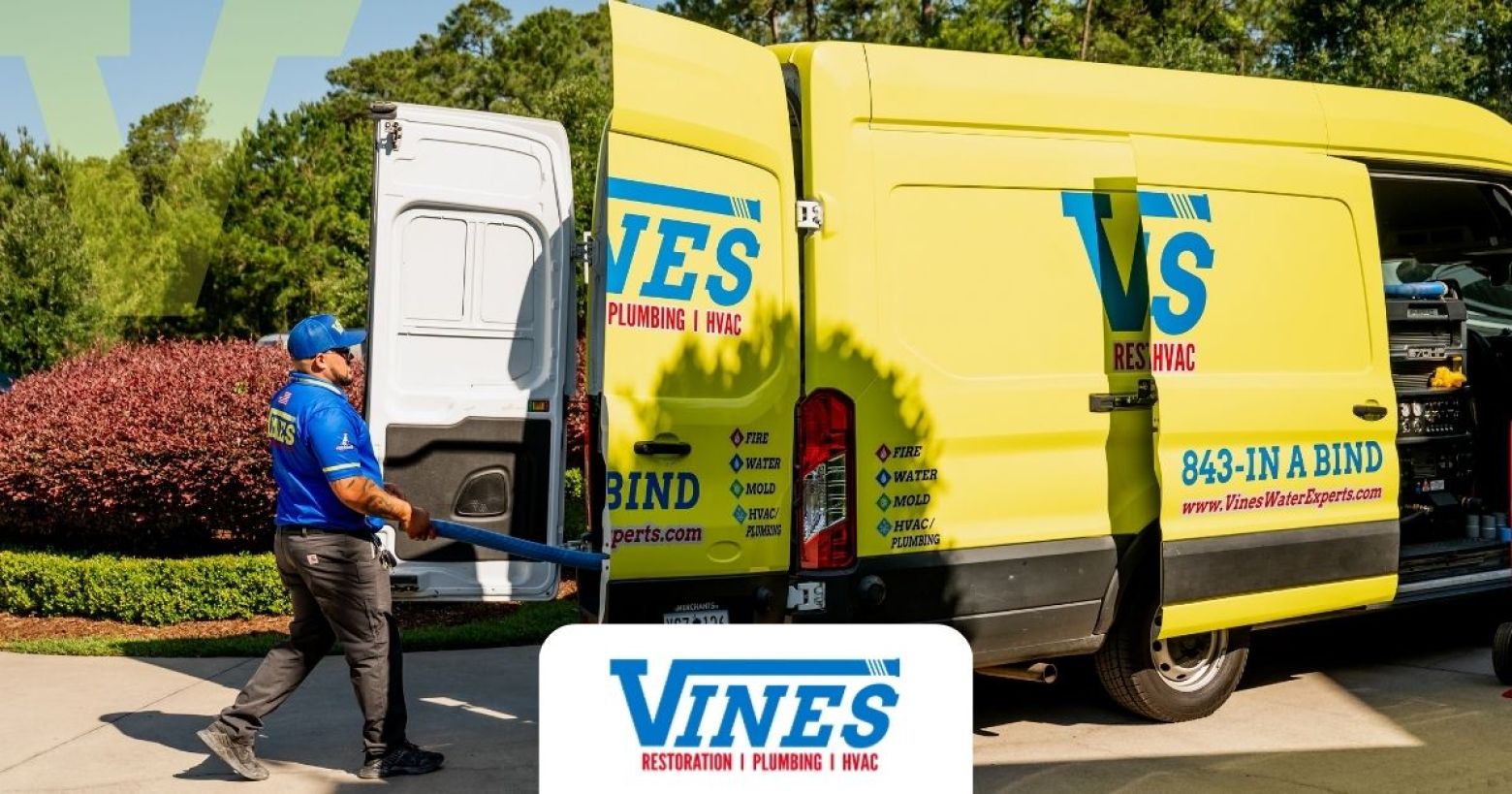Your Guide to Avoiding Water Damage-Related Insurance Losses
Besides significantly damaging structures, water damage can also potentially contribute to a major rise in insurance premiums. In fact, water damage is regarded as the second most frequent reason for insurance claims – next only to hail and wind damage. It is widely reported that at least one out of fifty insured properties will submit a claim about water-related damage annually.
Water damage can occur due to a variety of reasons, from plumbing leaks and sewage back-ups to burst pipes and from malfunctioning appliances to power failure. Texas and its neighboring states were of the worst sufferers of water damage problems – the region had over 500,000 claims filed after the winter storm in 2021 caused thousands of pipes to burst.
It is therefore understandable that policyholders are wary about how adequate their insurance really is. Even the best of policies come with their limitations, making it essential to understand exactly what the policy entails. Insurers are known to modify the language of the policy, which shifts more risk to policyholders in terms of time, repairs, routine maintenance and other precautions.
Here are a few ways to make sure that your water damage stays at the minimum, and that you face as little risk as possible:
Evaluate the terms and conditions of your policy
As mentioned above, insurance policies may be inadequate to cover water damage-related claims. The best thing to do is to review your policy word-by-word and clarify its implications with the insurance company. That way, if you find any discrepancies, you can immediately rectify the policy to the proper extent.
Make All Necessary Precautionary Checks
While water damage to any home is inevitable at some point, there are measures you can take to see to it that it happens later rather than sooner. Key precautionary activities include conducting a preliminary risk management to protect BPP and structures, insulating pipes (outdoor and indoor) in unheated spaces, and sealing any spaces in the area where water pipes enter structures. You can even make structural changes, such as replacing rubber hoses with ones made from braided stainless steel.
Regulate Your Heating Systems
While it might seem that heating systems have nothing to do with water damage, in reality, these two are closely related. Almost every home has a water heater, and if not maintained properly, can lead to water leakage, and eventually, damage. If your home has a conventional water heater, make sure to replace it at least once every 10 years.
Avoid Seasonal Risks
Summer and winter are very different seasons, and require you to have different lifestyles to keep up with the weather. Make sure to keep a temperature of at least 55 degrees during the cold months, and make sure to winterize and drain plumbing lines.
Utilize Automated Systems
You can install a heat monitoring system that sends alerts if the temperature in your home falls below a level. You can also have automatic water shut-off systems and leak detection systems. You can even have an antifreeze in your fire sprinkler system to maintain its efficacy. Even with the best of maintenance and automation, make sure that you conduct regular checks to see how your system is working.
The best thing to do would be to hire a qualified plumbing contractor, and have them evaluate your home’s plumbing system on a regular basis. That way, if they see any potential issues, you can get them repaired immediately. If you manage a building, make sure to conduct checks every off season, and offer detailed instructions for tenants and employees on how to respond if they spot a water leak.

Vines
Contact Us
Please fill out the form below to request an estimate or schedule service.
Contact Form
"*" indicates required fields









